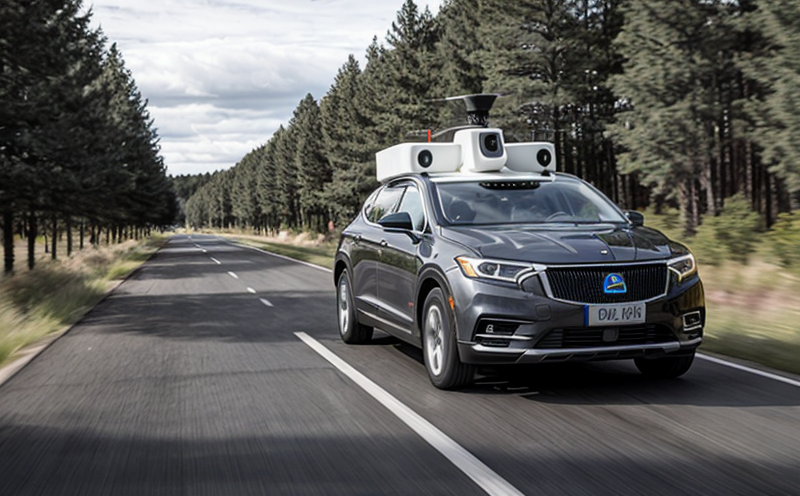Autonomous Navigation & Mobility Testing
In today's rapidly evolving landscape of robotics and artificial intelligence (AI), autonomous navigation and mobility testing are critical to ensuring the safe, reliable, and efficient operation of these systems. Autonomous vehicles, drones, and robots are increasingly being integrated into various sectors including transportation, logistics, agriculture, healthcare, and military operations.
The primary focus of this service is on evaluating the performance, accuracy, robustness, and safety of autonomous navigation algorithms and mobility control systems. This includes testing in real-world environments as well as controlled laboratory settings. The goal is to identify potential issues early in the development process so that they can be addressed before deployment.
Our laboratory employs state-of-the-art facilities equipped with specialized software tools, hardware platforms, and simulation environments designed specifically for autonomous navigation testing. These include high-fidelity simulators capable of generating realistic traffic scenarios, complex terrains, and environmental conditions under which autonomous systems operate.
The testing process involves several key stages: initial system characterization, validation against specified performance metrics, verification through controlled experiments, and finally comprehensive evaluation in real-world environments where possible. During each stage, our team closely monitors critical parameters such as accuracy, precision, reaction time, stability, energy consumption, and computational efficiency.
For example, when testing an autonomous vehicle's ability to navigate urban environments, we would simulate various driving scenarios including lane changes, pedestrian interactions, signal crossings, and emergency braking situations. Similarly, for drones, we might examine their hover stability, obstacle avoidance capabilities, and payload delivery performance. In all cases, the aim is not only to demonstrate compliance with relevant standards but also to push beyond them by exploring innovative approaches that enhance system functionality.
Our expertise lies in developing tailored test protocols that reflect both industry best practices and cutting-edge research findings. By doing so, we ensure that our clients receive comprehensive insights into their products' strengths and weaknesses across multiple dimensions. This allows for informed decision-making regarding product improvements or modifications if necessary.
In addition to technical assessments, we also provide detailed reports highlighting areas of improvement along with recommendations for future development efforts. These documents serve as valuable resources both during product lifecycle management stages and post-deployment maintenance activities.
By leveraging our extensive experience in this field coupled with advanced testing methodologies, we strive to contribute towards advancing the state-of-the-art in autonomous navigation & mobility technology across all relevant industries.
Applied Standards
The testing of autonomous navigation and mobility systems must adhere to a variety of international standards that ensure safety, reliability, and interoperability. Some key standards include:
- ISO/TS 15745: Road vehicles – Safety requirements for electronic stability control (ESC) systems
- ASTM F2983: Standard specification for unmanned aircraft systems (UAS)
- EN 30362: Security and privacy requirements for connected vehicles
- IEC 61508: Functional safety of electrical/Electronic/Programmable Electronic Safety-related Systems
Industry Applications
Autonomous navigation and mobility testing finds application in numerous industries where advanced robotics and AI technologies are employed. Here are some specific sectors:
Quality and Reliability Assurance
To ensure high quality and reliability in autonomous navigation systems, we implement rigorous testing procedures that cover all aspects of the system's functionality. These tests are designed to simulate real-world conditions under which the system will operate.
We begin by characterizing the system using standardized test protocols based on relevant international standards such as ISO/TS 15745 for automotive ESC systems and ASTM F2983 for UAS. Next, we validate the system against specified performance metrics before conducting verification tests through controlled experiments.
The final stage involves comprehensive evaluation in real-world environments where possible. During these evaluations, critical parameters such as accuracy, precision, reaction time, stability, energy consumption, and computational efficiency are closely monitored. Any deviations from expected behavior are thoroughly investigated to identify root causes and propose corrective actions.
Our approach ensures that each autonomous navigation system meets the highest standards of quality and reliability before being deployed into operational environments. This not only enhances safety but also improves overall system performance, leading to more efficient operations across various industries.





